Application of mobile monitoring to minimize the damage caused by emergencies
Published: 2012-12-07 09:38:59
With the rapid development of video monitoring technology, users can meet the needs and requirements of mobile monitoring in the security market, especially in government agencies, enterprises and institutions, as well as the special industry of long-term outdoor operation, the traditional cable monitoring has been unable to fully deal with outdoor emergencies and special events. Mobile video monitoring can obtain the information of emergency timely, comprehensively and accurately, conduct correct command and scheduling according to the pre-determined plan, and minimize the damage caused by the emergency, so it is more and more favored by the government and enterprises.
We often say that the general mobile monitoring, mainly refers to the use of mobile networks (such as edge, 3G, 4G) remote monitoring applications, through mobile phones or mobile devices can realize the function of monitoring remote real-time dynamic picture, providing enterprises and families with a simpler, more convenient, more timely monitoring solution.
In addition, tianshitong's research and development in mobile monitoring has also reached the leading stage in the industry. At present, the mobile monitoring client independently developed supports Android and iPhone mainstream mobile phones to achieve ubiquitous monitoring.
Mobile monitoring is widely used
The transmission mode in the monitoring industry is divided into wired transmission and wireless transmission. Cable transmission is a very suitable way to deploy regional video monitoring network, even if the long-distance video transmission, optical fiber can also be solved. But for the scattered, remote single point mode, fast-moving objects and video monitoring that need to be deployed temporarily, the cable transmission can only be beyond reach. And the transmission mode is more flexible and adaptive. The wireless transmission which can be deployed quickly and organized flexibly gradually supports another blue sky of security monitoring.
At present, mobile video monitoring is mainly used in government, public security, transportation, education system units, such as urban road monitoring, highway monitoring, urban public security joint defense monitoring, campus monitoring; For enterprises, mobile video monitoring is mainly used in financial industry, oil field and coal mine systems, such as remote centralized network monitoring of bank outlets, credit cooperatives, oil wells, oil pipelines and coal mines.
Bottleneck of development
Although the application of mobile video monitoring is more and more extensive, and it is playing an increasingly important role in emergency command and application, the application of equipment must face the following key points:
Bandwidth: the bandwidth and frequency resources are limited, and the bandwidth that can be achieved is far lower than the wired network. Because the effective bandwidth of a single terminal in public mobile communication network is quite limited, it often needs to carry voice, data and other transmission services at the same time. High bandwidth video monitoring data is prone to packet loss, and the available bandwidth often fluctuates. The error rate of wireless channel is relatively high. Especially when the terminal equipment is in the mobile state, the available bandwidth and the bit error rate index decrease greatly.
Tariff: the tariff of line transmission is also much higher than that of wire transmission, especially for users who need continuous and long-term monitoring. But at present, the application of 4G network, the decline of tariff is an inevitable trend.
Real time: since it is an emergency application, it must have high requirements for real-time, small delay and frame loss prevention, which are all problems that mobile video monitoring needs to face.
Wide application prospect of mobile monitoring
Now, in countries with developed wireless networks, such as the Americas or European countries, the implementation of mobile monitoring is relatively rapid due to the support of the government. Countries in Asia, such as Singapore and Japan, are also actively developing in related fields, such as displacement detection, face recognition, etc. China's mobile monitoring industry is still in its infancy, and enterprises cannot develop their own brands or products with strong functionality and high added value. However, with the development of 3G technology and the continuous popularization of business, the global coverage of network signals, the growing maturity of mobile video monitoring system and the improvement of relevant laws and regulations, mobile video monitoring system will usher in a broad market
We often say that the general mobile monitoring, mainly refers to the use of mobile networks (such as edge, 3G, 4G) remote monitoring applications, through mobile phones or mobile devices can realize the function of monitoring remote real-time dynamic picture, providing enterprises and families with a simpler, more convenient, more timely monitoring solution.
At present, some mainstream mobile monitoring manufacturers in China, such as Huawei, ZTE Liwei and tianshitong, are involved in this huge potential market.
Tianshitong 3G portable box type mobile monitoring terminal system is specially designed for complex outdoor environment, with real-time video transmission and two-way high-definition voice communication function, mainly to solve the irregular temporary scene monitoring, especially in case of emergency, it can realize mobile monitoring, joint processing and emergency command. When an emergency occurs, the monitoring point is constantly moving and changing, so the portable collection terminal equipment is very important, and the monitoring location can be changed at any time as required.In addition, tianshitong's research and development in mobile monitoring has also reached the leading stage in the industry. At present, the mobile monitoring client independently developed supports Android and iPhone mainstream mobile phones to achieve ubiquitous monitoring.
Mobile monitoring is widely used
The transmission mode in the monitoring industry is divided into wired transmission and wireless transmission. Cable transmission is a very suitable way to deploy regional video monitoring network, even if the long-distance video transmission, optical fiber can also be solved. But for the scattered, remote single point mode, fast-moving objects and video monitoring that need to be deployed temporarily, the cable transmission can only be beyond reach. And the transmission mode is more flexible and adaptive. The wireless transmission which can be deployed quickly and organized flexibly gradually supports another blue sky of security monitoring.
At present, mobile video monitoring is mainly used in government, public security, transportation, education system units, such as urban road monitoring, highway monitoring, urban public security joint defense monitoring, campus monitoring; For enterprises, mobile video monitoring is mainly used in financial industry, oil field and coal mine systems, such as remote centralized network monitoring of bank outlets, credit cooperatives, oil wells, oil pipelines and coal mines.
Bottleneck of development
Although the application of mobile video monitoring is more and more extensive, and it is playing an increasingly important role in emergency command and application, the application of equipment must face the following key points:
Bandwidth: the bandwidth and frequency resources are limited, and the bandwidth that can be achieved is far lower than the wired network. Because the effective bandwidth of a single terminal in public mobile communication network is quite limited, it often needs to carry voice, data and other transmission services at the same time. High bandwidth video monitoring data is prone to packet loss, and the available bandwidth often fluctuates. The error rate of wireless channel is relatively high. Especially when the terminal equipment is in the mobile state, the available bandwidth and the bit error rate index decrease greatly.
Tariff: the tariff of line transmission is also much higher than that of wire transmission, especially for users who need continuous and long-term monitoring. But at present, the application of 4G network, the decline of tariff is an inevitable trend.
Real time: since it is an emergency application, it must have high requirements for real-time, small delay and frame loss prevention, which are all problems that mobile video monitoring needs to face.
Wide application prospect of mobile monitoring
Now, in countries with developed wireless networks, such as the Americas or European countries, the implementation of mobile monitoring is relatively rapid due to the support of the government. Countries in Asia, such as Singapore and Japan, are also actively developing in related fields, such as displacement detection, face recognition, etc. China's mobile monitoring industry is still in its infancy, and enterprises cannot develop their own brands or products with strong functionality and high added value. However, with the development of 3G technology and the continuous popularization of business, the global coverage of network signals, the growing maturity of mobile video monitoring system and the improvement of relevant laws and regulations, mobile video monitoring system will usher in a broad market
Recommended products
-
 TS8864G 64-ch 2U 4K H265+ NVR
TS8864G 64-ch 2U 4K H265+ NVRNvr4.0 H.265 series 64 channel network video recorder
-
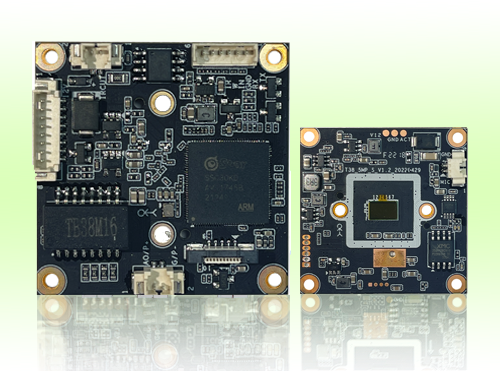 5 MP 38*38mm black light
5 MP 38*38mm black lightTB38M16
-
.png) 2 MP 53*53mm black light WIFI TF card
2 MP 53*53mm black light WIFI TF cardTD53J20
-
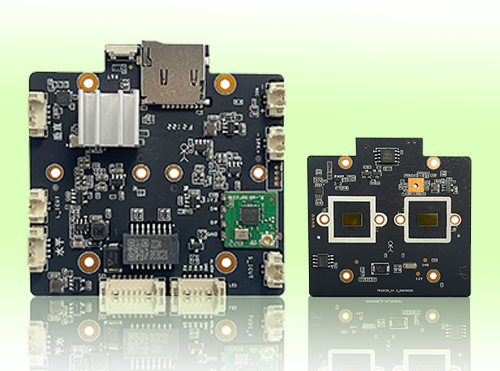 4 MP 53*53mm black light binocular WIFI TF card
4 MP 53*53mm black light binocular WIFI TF cardTD53C20
-
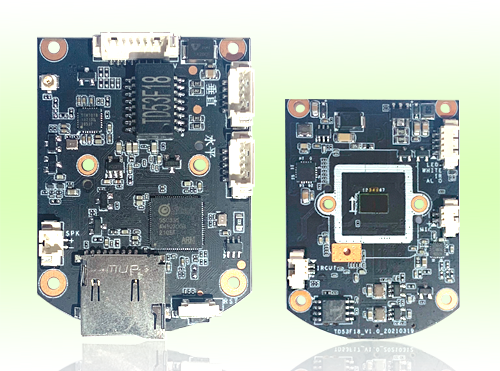 3 MP 53*53mm dual light WIFI TF card
3 MP 53*53mm dual light WIFI TF cardTD53F18
-
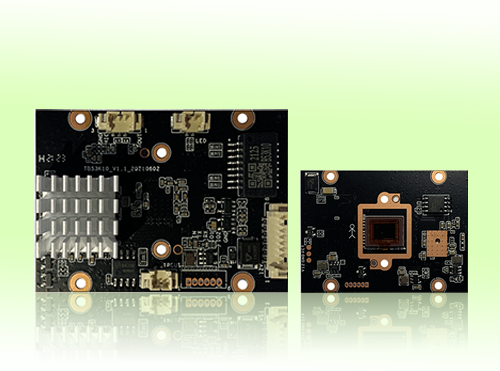 8 MP 42*42mm black light
8 MP 42*42mm black lightTB53K20
-
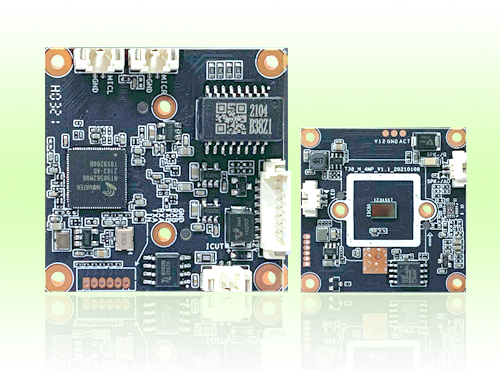 4 MP 38*38mm black light
4 MP 38*38mm black lightTB38Z20
-
 4 MP 38*38mm dual light
4 MP 38*38mm dual lightTR38Y30






